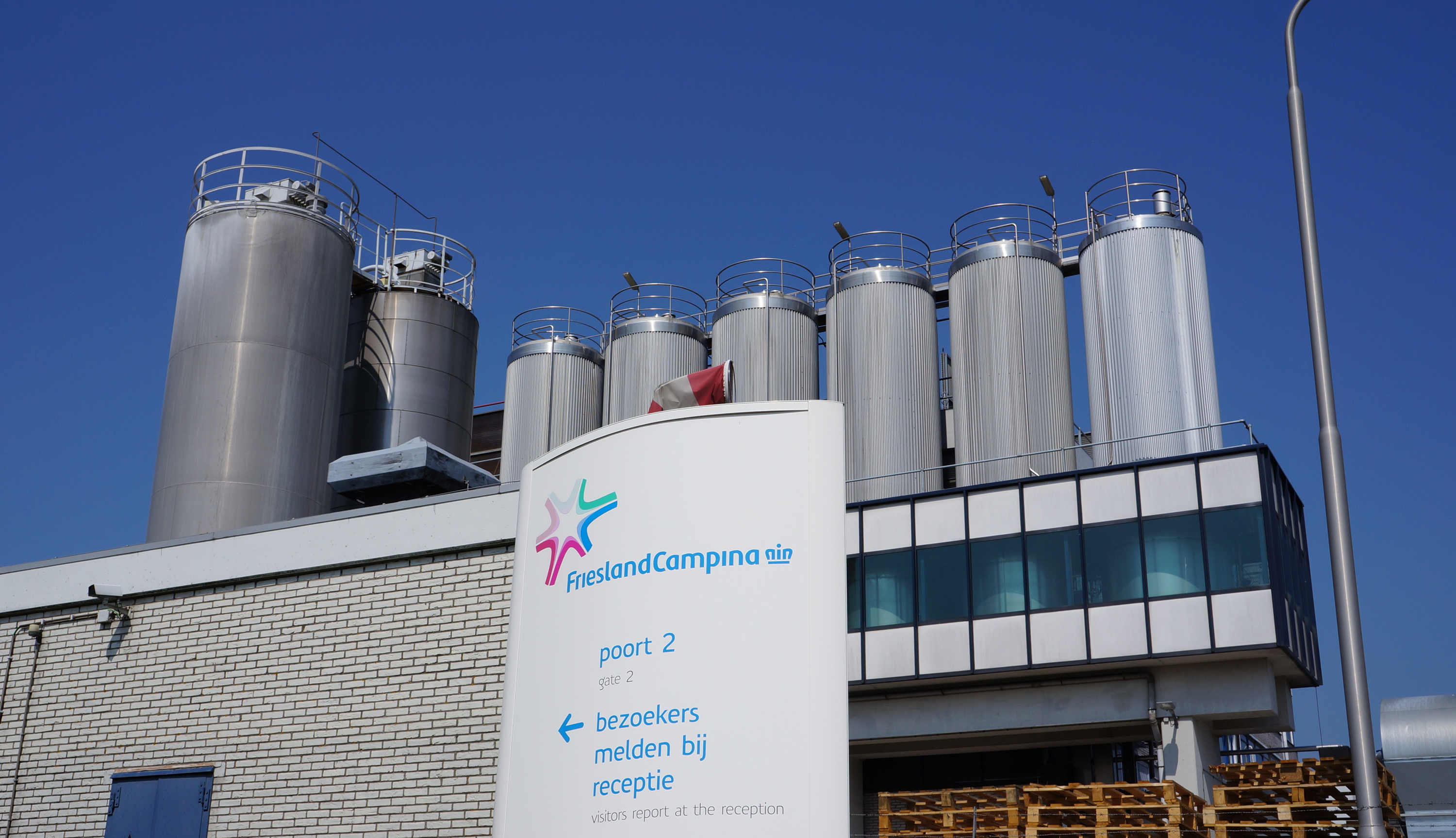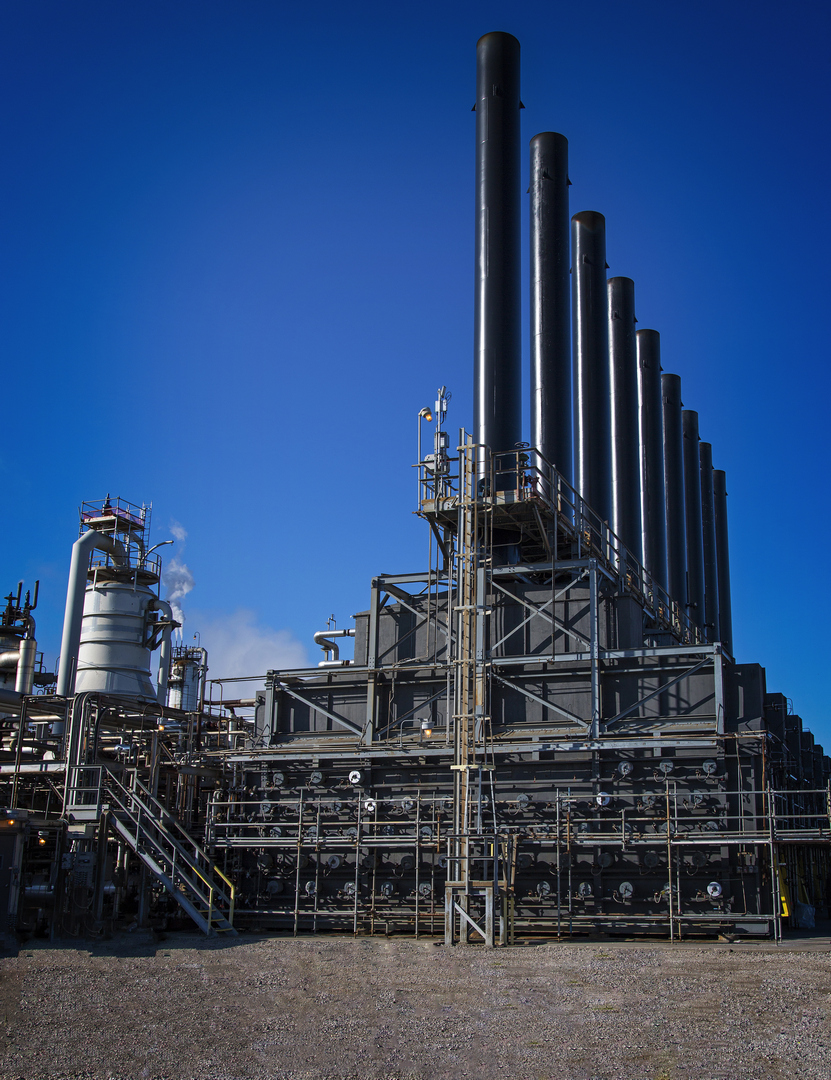What if you could increase your return on investment, safety, and overall plant efficiency with just one optimization? Furnace control is often disregarded as furnaces are considered as subunits that are not important to optimize. However, one cannot underestimate the impact of the furnace performance on the overall unit. In this blog, we'll explain what the consequences of bad furnace control are, what the results of optimization will be and how to tune your furnace correctly.
Topics: PID tuning
On demand webinar: Sustained Control Performance Monitoring
Bringing PID control performance to the highest level is a challenge, but keeping the performance high is a different game. In this blog, you’ll read reasons for degrading PID control performance and the various ways in which our customers take on the challenge of sustaining control performance monitoring. You’ll also read what to expect from the webinar “PID sustained control performance”: how to get to a high control performance monitoring and how to keep the performance up, including some practical cases.
Topics: PID tuning, Plant performance
PID Derivative: Don’t be afraid of the D (in PID tuning)
Why and when use Derivative in PID control? The vast majority of PID controllers are tuned with Proportional and Integral action only, while in some cases controller performance could be improved by including the D-action. Read in this blog what derivative action is and what to expect of the webinar ‘Don’t be afraid of the D’.
Topics: PID tuning methods
FrieslandCampina - Increased productivity with INCATools PID tuner
For FrieslandCampina, improving work processes on plant sites is an ongoing course of action. Therefore, it’s fundamental to be aware of possible shortcomings and growth potential of these processes. They decided to implement INCATools PID tuner, a tool that matched the technical criteria and scored high on usability because of the integrated roadmap. Read in this blog why FrieslandCampina needed to change course and what benefits the software offered.
Topics: PID tuning, Plant performance
You've all probably been in a similar situation - you became aware of an underperforming PID loop, took immediate action, tuned the loop and at the end of the day the PID loop was still performing well. The next day the operator complains; the loop had been oscillating all night and is now in manual mode. The first thing you need to do is check the PID parameters and tune the loop again, the operator isn't happy, and neither are you. You could prevent this if you calculated the robustness of the controller. Learn in this blog how to consider robustness by looking at your PID parameters in your PID tuning.
Topics: PID tuning parameters
It’s no secret that well-tuned PID loops contribute to a stable and healthy plant. Once optimally tuned, only critical PID loops that cause too many alarms tend to be tuned again. Underperforming loops are often ignored. But if you frequently analyze all your PID loops you can enhance total efficiency, have less wear and tear, more overall stability, and fewer operator interventions. Read in this blog why it is essential to monitor your PID’s and how to perform monitoring most cost-effectively.
Topics: PID tuning, PID software, Plant performance
Advanced Process Control: PID tuning is the first step
More than a hundred years ago, Sperry Corporation invented automatic pilot control in airplanes. It was magical and scary at the same time. Nowadays, they can anticipate the exact arrival time, other planes nearby, and the weather forecast. It became unimaginable that our planes would fly without it. APC is the automatic pilot in plants. APC projects can maximize your performance and plant's profit. For decades, the chemical process industry has been working with it. It can benefit smaller plants considerably as well. However, proper PID tuning is the first step in an APC project. It is the foundation for your automatic plant pilot, learn in this blog why.
Topics: PID tuning, Advanced Process Control
It's no secret that proper PID tuning will contribute to a stable plant with fewer variations and fluctuations. Optimal and stable operations are the ultimate goal. This can result in several percentages of extra throughput and several percentages reduction of specific energy consumption. Additional throughput is highly desired in high market conditions, while the specific energy consumption might be more interesting when selling prices are low and energy prices high. In all cases, more stability results in fewer alarms and fewer operator interventions.
In this blog, you will learn why PID tuning improves process performance and how to accomplish this technical result of PID tuning.
Topics: PID tuning, PID software, Plant performance
Best PID tuning methods explained for level loops: Part 2
In this blog we are going to compare different tuning techniques used to tune the level loops in a distillation column. The tuning methods under consideration are Lambda, the Zak Friedman tuning rules and AptiTune. The idea is to obtain a tuning based on engineering specifications like maximum deviations, minimal gain and dead-time margin.
The following distillation column example illustrates the tuning strategies that can be applied when designing the controller for level loops. A debutaniser is used to separate the C4 (isobutane, n-butane) from a natural gas liquids stream (NGL). In this example, there are 4 cascade loops, for the column pressure, the top temperature, and the column bottom and reflux drum levels. There are also single loops for the feed and steam flow. The piping and instrumentation diagram is presented the figure below:
Topics: PID tuning methods
Best PID tuning methods explained for level loops: Part 1
You reviewed all important PID loops on your process, and they all seem to work well. You selected some of the loops and followed the tuning procedure to update the PID parameters and with proper tests and models, you managed to apply the known tuning rules so the fast response to SP changes could be achieved. So, there is nothing else to worry about, right? You might have unnoticed some of the loops.
Even though this recipe could be adequate for many of the loops, provided other important criteria are also taken into account, as process objectives, restrictions, and characteristics of actuators, this is not always true, especially for level loops. Two different types of strategies can be distinguished depending on the control objective:
Topics: PID tuning methods


.jpg)

.jpg)
.jpg)




